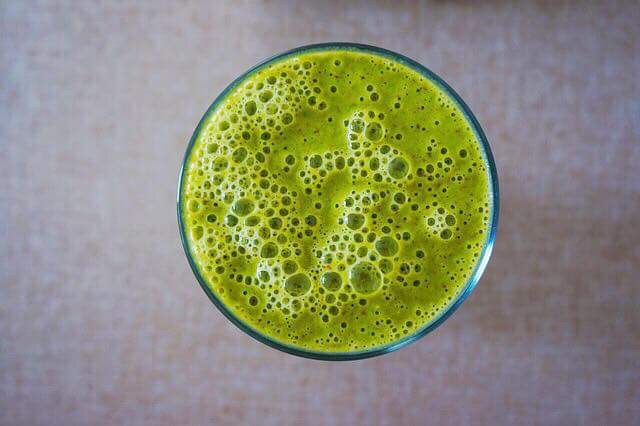Smoothie recipes have taken over most health magazines. You don’t even need to scroll past the first page in any wellness blog or site to get a recipe for the new ‘it’ smoothie. Are these drinks another fad which may not be doing much for your health or could having a smoothie as part of your diet be good long-term habit? Here is the low down on the pros and cons of smoothies:
Pros:
You Drink he Whole Fruit or Veg
Unlike most fruit juices a blended smoothie includes the benefits of the skin of fruit and vegetables. This means your body does not miss out on essential antioxidants and phytonutrients which lie just under the skin of most fruit and vegetables. The skin of an apple contains half the fibre of the whole fruit and a third of its vitamin C! On top of this the fibre will help keep you feeling fuller for longer. Fibre helps to slow the absorption of sugar which helps your blood sugar stay in a healthy range.
Makes Getting Your 2 and 5 Easier.
If you meet your recommended fruit and vegetable serves required for health each day you are automatically a high distinction ‘life student’. Getting your daily serves in these two groups can be a challenge and this is a great way to make it easier.
Glowing Skin
Studies have shown that those who eat more fruit and vegetables have a tan-like complexion and a glowing skin appearance compared to those who do not eat enough of these two food groups. Improvement in skin tone was evident after 6 weeks when participants ate two extra serving of vegetables or fruit a day!
Convenience Is a Smoothie’s Middle Name.
Everyone has those moments when they are time poor and in terms of alternate choices a smoothie wins out in nutritional value to the many other fast-food alternatives.
Cons:
Recipes Can Be Overenthusiastic on the Fruit
Most people need around 2 serves of fruit a day. Some recipes will give you up to 4 serves and although fruit is a great source of nutrition hitting around 2-3 serves a day is the goal unless extra energy needs are required based on your individual circumstances and activity level. Try to pick a recipe which includes around 30% fruit and 70% vegetables. Vegetables are a food group you can go to town on in terms of eating more and most of the ingredients which go best in smoothies are very low in starch e.g. baby spinach, celery or cucumber.
Opt Out on the Added Sugars.
Smoothies can lose their health factor is you are including added sugar like honey or maple syrup. A tablespoon is a serve of 'sometimes food' and most people should limit these foods to 2 times a week maximum. If you need extra sweetness, try adding some cinnamon or stevia.
Take home message: If you are savvy in your ingredient choices and find getting enough fruit and vegetables each day a challenge, a smoothie may be a great choice to include as part of an overall balanced diet.
References:
- Whitehead RD, Re D, Xiao D, Ozakinci G, Perrett DI. You are what you eat: within-subject increases in fruit and vegetable consumption confer beneficial skin-color changes. PLoS One. 2012;7(3):e32988. doi: 10.1371/journal.pone.0032988. Epub 2012 Mar 7. PMID: 22412966; PMCID: PMC3296758.
- Tieken SM, Leidy HJ, Stull AJ, Mattes RD, Schuster RA, Campbell WW. Effects of solid versus liquid meal-replacement products of similar energy content on hunger, satiety, and appetite-regulating hormones in older adults. Horm Metab Res. 2007 May;39(5):389-94. doi: 10.1055/s-2007-976545. PMID: 17533583; PMCID: PMC2197163.




